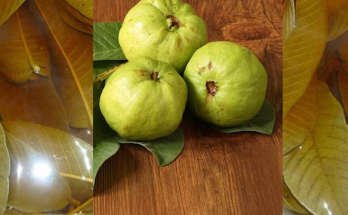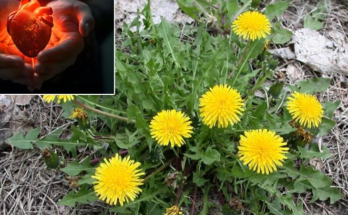Alliums, often known as ornamental onions, are among the most rewarding plants you can grow in your garden. With their striking globe-like flowers and minimal care requirements, alliums offer beauty and utility in return for very little effort. Plant them once, and they will return year after year, adding a touch of elegance and charm to your garden. Here’s a detailed look at the various uses of alliums and an additional tip for growing them successfully.
Uses of Alliums
1. Ornamental Beauty:
- Garden Aesthetics: Alliums are primarily grown for their stunning flowers. They produce spherical blooms in a range of colors, including purple, blue, white, and yellow. These flowers can add vertical interest and a pop of color to any garden bed.
- Cut Flowers: Alliums make excellent cut flowers. Their long-lasting blooms can be used in fresh floral arrangements to bring a touch of nature indoors.
- Dried Flowers: After blooming, allium flowers can be dried and used in dried flower arrangements, retaining their structure and beauty for months.

- Dried Flowers: After blooming, allium flowers can be dried and used in dried flower arrangements, retaining their structure and beauty for months.
2. Companion Planting:
- Pest Repellent: Alliums have natural pest-repelling properties. When planted alongside vegetables like tomatoes, carrots, and cabbage, they can help deter pests such as aphids, carrot flies, and cabbage worms.
- Improved Growth: Alliums can enhance the growth of nearby plants by improving soil health and reducing competition from weeds.
3. Culinary Uses:
- Edible Varieties: Some allium species, such as garlic, onions, chives, and leeks, are cultivated for culinary purposes. These edible alliums are staples in kitchens worldwide, adding flavor and nutrition to a variety of dishes.
- Herbal Medicine: Many alliums have medicinal properties. Garlic, for instance, is known for its antibacterial, antiviral, and antifungal properties and is used to boost the immune system and lower blood pressure.
4. Wildlife Attraction:
- Pollinator-Friendly: Allium flowers are highly attractive to pollinators such as bees, butterflies, and other beneficial insects. By planting alliums, you can help support local pollinator populations and enhance the biodiversity of your garden.

Growing Tips for Alliums
1. Planting:
- When to Plant: Plant allium bulbs in the fall, ideally 4-6 weeks before the ground freezes. This gives the bulbs time to establish roots before winter.
- Soil Preparation: Alliums prefer well-draining soil. Before planting, amend the soil with compost to improve fertility and drainage.
- Depth and Spacing: Plant bulbs at a depth of about 2-3 times their diameter and space them 4-6 inches apart. This ensures they have enough room to grow without competing for resources.
2. Care and Maintenance:
- Watering: Alliums are drought-tolerant and require minimal watering once established. Water them sparingly, especially during the growing season.
- Fertilizing: Apply a balanced fertilizer in early spring to promote healthy growth and abundant flowering.
- Deadheading: Remove spent flowers to encourage the plant to focus energy on bulb development rather than seed production.
3. Pests and Diseases:
- Pest Control: While alliums generally repel pests, they can sometimes attract pests like onion flies and thrips. Regularly inspect plants and use organic pest control methods if necessary.
- Disease Prevention: Ensure good air circulation around plants and avoid overwatering to prevent fungal diseases.
Additional Gardening Tip: Interplanting with Other Perennials
Enhance Your Garden Design:
- Visual Impact: To create a more dynamic and visually appealing garden, consider interplanting alliums with other perennials. Plants like hostas, daylilies, and irises complement the upright, architectural form of alliums and can fill in the gaps as alliums fade.
- Extended Bloom Time: By mixing alliums with other flowering perennials, you can extend the bloom time in your garden. While alliums provide early to mid-spring blooms, other perennials can take over as the season progresses, ensuring continuous color and interest.

Conclusion
Alliums are a versatile and low-maintenance addition to any garden, offering both ornamental beauty and practical benefits. Whether used as a pest repellent, a culinary ingredient, or a pollinator attractant, these plants deliver high rewards with minimal effort. By following the simple growing tips provided and considering interplanting with other perennials, you can maximize the impact of alliums in your garden. Embrace the magic of these remarkable plants and enjoy their benefits year after year. Happy gardening!




Where can I buy these?